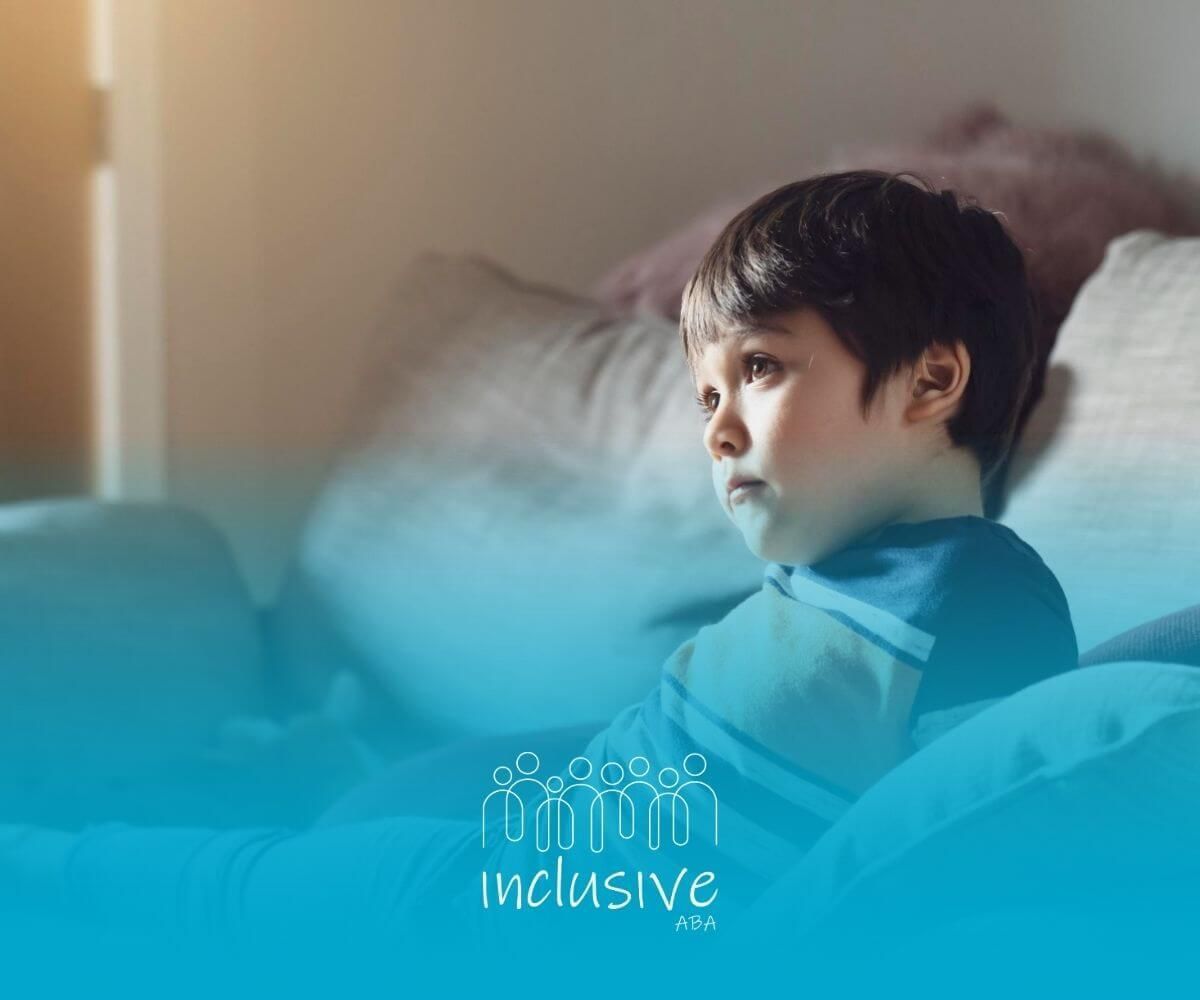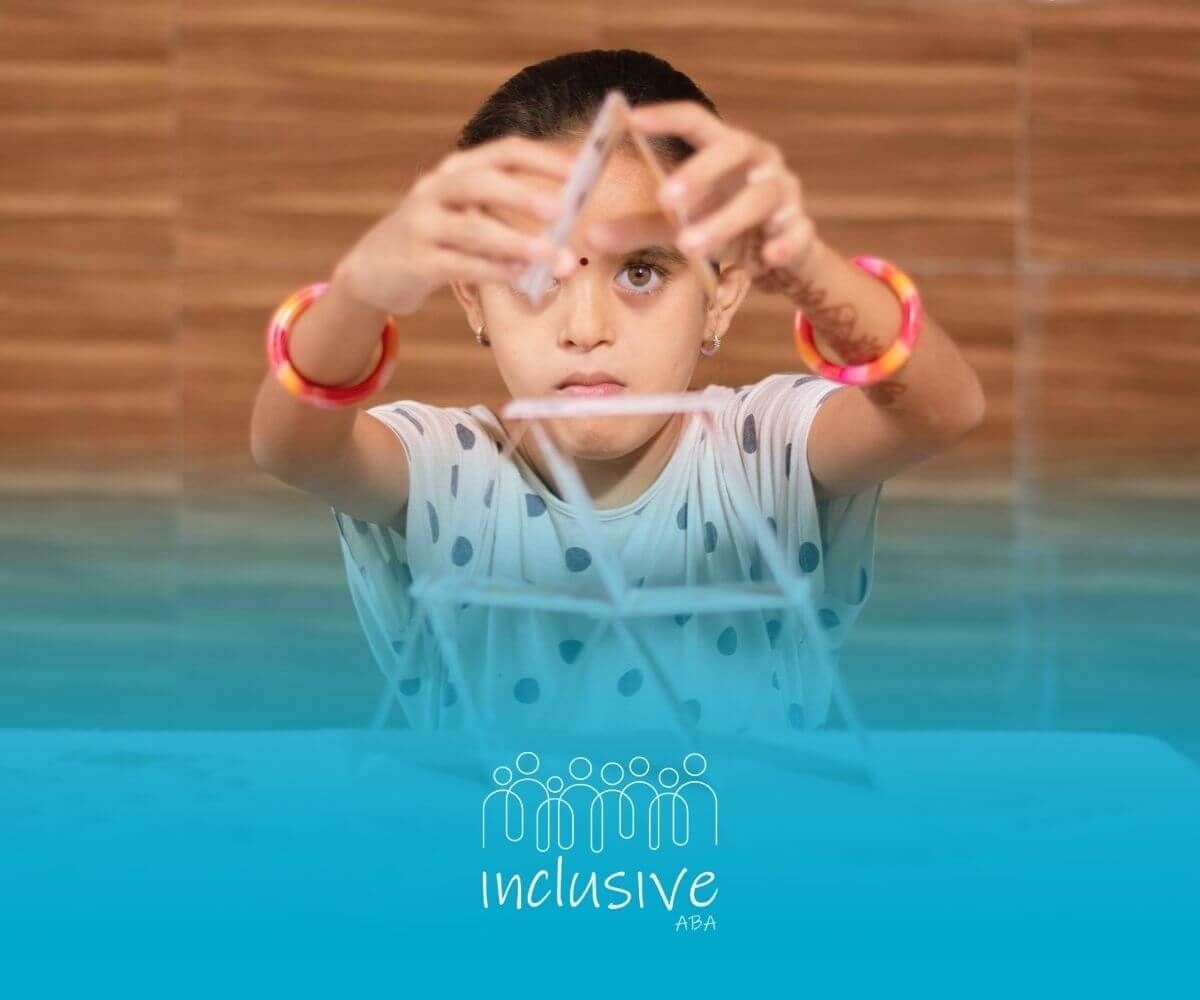Autism vs OCD: Key Differences and Overlaps Explained
Autism vs OCD
Autism spectrum disorder (ASD) and obsessive-compulsive disorder (OCD) are two distinct conditions, but they share some overlapping traits that can make differentiating them challenging. Individuals with either condition may exhibit repetitive behaviors, strong preferences for routines, or anxiety-driven compulsions. However, there are critical differences between autism and OCD that are important for understanding, diagnosis, and treatment.
In this post, we will break down the key differences and similarities between autism and OCD, explore the symptoms, causes, and diagnostic processes, and discuss the most effective treatment options for each condition. Whether you are a parent, a caregiver, or someone seeking to understand these conditions better, this guide will help clarify the distinctions and offer insights into both disorders.
What is Autism?
Autism spectrum disorder (ASD) is a developmental disorder that affects how a person perceives and interacts with the world. It encompasses a wide range of behaviors and abilities, and the symptoms can vary greatly from person to person. Some individuals with autism may have intellectual disabilities, while others may have average or above-average intelligence.
Common characteristics of autism include:
- Social communication difficulties: Difficulty understanding social cues, making eye contact, and forming relationships.
- Repetitive behaviors and restricted interests: Engaging in specific routines, rituals, or interests that are very focused or intense.
- Sensory sensitivities: Overreacting or underreacting to sensory stimuli like lights, sounds, or textures.
- Difficulty with change: Difficulty adjusting to new situations or deviations from routine.
Autism is typically diagnosed in early childhood, and the symptoms can persist throughout a person’s life. The severity of symptoms can range from mild to severe, and many individuals with autism can lead fulfilling and independent lives with the right support.
What is OCD?
Obsessive-compulsive disorder (OCD) is an anxiety disorder characterized by recurring, intrusive thoughts (obsessions) and repetitive behaviors (compulsions) performed to alleviate the anxiety caused by the obsessions. OCD can occur in both children and adults, and it often causes significant distress and disruption to daily life.
Common characteristics of OCD include:
- Obsessions: Recurrent, intrusive thoughts or urges that cause anxiety or discomfort. For example, a person may worry excessively about contamination, harm, or symmetry.
- Compulsions: Repetitive behaviors or mental acts that a person feels driven to perform in response to the obsessions. For example, a person may repeatedly wash their hands, check locks, or count objects to reduce the anxiety caused by the obsessive thoughts.
- Reluctance to stop: Individuals with OCD often feel compelled to perform compulsions, even when they recognize the behaviors are excessive or irrational.
OCD can vary in severity, from mild symptoms that can be managed with some effort to more debilitating symptoms that interfere with daily life. OCD is often treated with a combination of therapy and medication.
Key Differences Between Autism and OCD
While autism and OCD can share some similar traits, such as repetitive behaviors and a need for routine, the underlying causes and the nature of these behaviors differ significantly. Here’s a look at some of the key differences between autism and OCD:
1. Cause of Repetitive Behaviors
In autism, repetitive behaviors are often part of the condition itself. These behaviors—like hand-flapping, rocking, or following strict routines—are a way for individuals to manage sensory overload, anxiety, or simply to feel more comfortable. These behaviors are often not driven by anxiety or intrusive thoughts but are a natural part of the person’s development and coping mechanisms.
In contrast, in OCD, repetitive behaviors are driven by obsessive thoughts that cause anxiety. The compulsions are performed as a way to relieve that anxiety, and individuals with OCD may feel a strong urge to perform these actions, even though they recognize they are excessive or irrational.
2. Nature of Obsessions
Autism is not characterized by the presence of obsessive thoughts. Instead, individuals with autism may have very intense and focused interests, but these interests are not intrusive or anxiety-provoking. For example, a child with autism might have an intense fascination with dinosaurs or trains and spend a lot of time engaging in that interest.
In OCD, the obsessions are unwanted and cause significant anxiety or distress. These thoughts can be intrusive and may revolve around fears of contamination, harming others, or the need for symmetry. The obsessions can interfere with daily life, and individuals may engage in compulsions in an attempt to reduce the anxiety caused by these thoughts.
3. Response to Change
People with autism often struggle with changes to routine or environment. This resistance to change is not driven by anxiety but by a need for predictability and structure. A person with autism may become upset or agitated when there is an unexpected change, but the response is typically more about discomfort with the unknown rather than obsessive worry.
In contrast, individuals with OCD may experience intense anxiety when there is a deviation from their ritual or routine. This anxiety is often linked to the obsessive thoughts that they are trying to manage through compulsive actions.
4. Social Communication
Autism significantly impacts social communication, often leading to challenges in forming relationships, understanding social cues, or engaging in reciprocal conversations. This is not typically the case in OCD, where individuals can have typical social interactions, even though their OCD symptoms may cause distress or interference in certain situations.
5. Age of Onset
Autism is typically diagnosed in early childhood, with signs often appearing before the age of three. In contrast, OCD usually develops later in childhood or adolescence and is often triggered by stressful life events or trauma.
Overlapping Symptoms of Autism and OCD
Although autism and OCD are distinct conditions, there are certain symptoms that overlap, particularly in the realm of repetitive behaviors and routines. Both conditions may involve:
- Repetitive behaviors: Both individuals with autism and those with OCD may engage in repetitive behaviors, such as hand-washing or checking.
- Need for routine: Both conditions may involve a need for structured routines or rituals.
- Anxiety: While anxiety is more prominent in OCD, individuals with autism may also experience anxiety, especially when routines are disrupted or sensory overload occurs.
Diagnosis and Treatment: Autism vs OCD
Diagnosing autism and OCD can be complex, especially when there is symptom overlap. A thorough evaluation by a healthcare professional is essential for an accurate diagnosis. Diagnostic assessments typically involve interviews, observation, and standardized testing.
Treatment for Autism
Treatment for autism often includes a combination of therapies designed to improve communication, social skills, and behavior. One of the most effective therapies for autism is Applied Behavior Analysis (ABA), which focuses on reinforcing positive behaviors and teaching new skills. Other therapies like speech therapy, occupational therapy, and social skills training can also be beneficial.
Treatment for OCD
The treatment for OCD typically involves cognitive-behavioral therapy (CBT), specifically a form called exposure and response prevention (ERP). ERP helps individuals gradually face their fears and reduce the compulsive behaviors associated with OCD. Medications such as selective serotonin reuptake inhibitors (SSRIs) can also be prescribed to help manage OCD symptoms.
The Role of ABA Therapy in Treating Autism and OCD
While ABA therapy is primarily used to support individuals with autism, some techniques may be applied to address compulsive behaviors in OCD. For example, behavior modification strategies in ABA can help individuals with autism learn to cope with anxiety or adapt to new routines. Similarly, in individuals with OCD, ABA can help reinforce the practice of tolerating uncertainty or resisting compulsive behaviors.
At Inclusive ABA, we specialize in offering personalized ABA therapy to individuals with autism. Our experienced therapists create tailored treatment plans that focus on enhancing communication, social skills, and adaptive behaviors, helping individuals with autism lead more fulfilling lives.
Frequently Asked Questions
Can autism and OCD be diagnosed together?
Yes, it is possible for a person to be diagnosed with both autism and OCD. However, a thorough assessment is necessary to differentiate between the two conditions and determine the best treatment approach.
What are some signs that my child may have autism or OCD?
If your child is exhibiting repetitive behaviors, strong preferences for routine, and challenges with social communication, they may have autism. If they show signs of intrusive thoughts and perform compulsive actions to alleviate anxiety, OCD may be a consideration.
Can ABA therapy help with OCD?
While ABA therapy is primarily used to treat autism, some of its techniques can also be applied to manage OCD symptoms. However, OCD is typically treated with cognitive-behavioral therapy (CBT) and medication, so it’s essential to consult a specialist for a tailored treatment plan.
Resources:
- https://www.autismspeaks.org/sensory-issues
- https://pmc.ncbi.nlm.nih.gov/articles/PMC10491411
- https://www.mayoclinic.org/diseases-conditions/obsessive-compulsive-disorder/symptoms-causes/syc-20354432
- https://certifiedautismcenter.com/2021/10/12/autism-stimming-and-hand-flapping-what-are-the-key-causes-and-behaviors/
- https://www.nimh.nih.gov/health/publications/obsessive-compulsive-disorder-when-unwanted-thoughts-or-repetitive-behaviors-take-over
- http://www.connectncareaba.com
- https://www.med.upenn.edu/ctsa/forms_ocdfacts.html
Looking for Expert Help? We're Here for You!
Our compassionate and skilled team is devoted to enhancing your child's development through customized ABA therapy. Let us partner with you to create a supportive environment for your child's success.
Discover how we can help your family thrive with expert ABA therapy.
Related Posts







